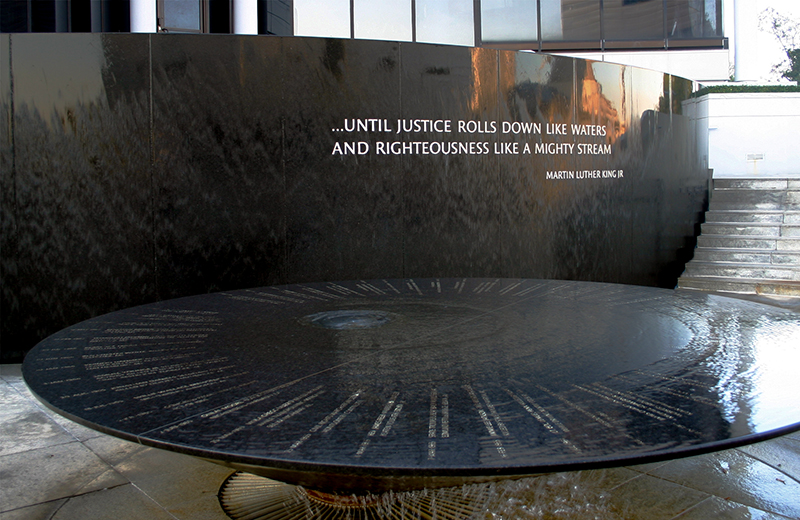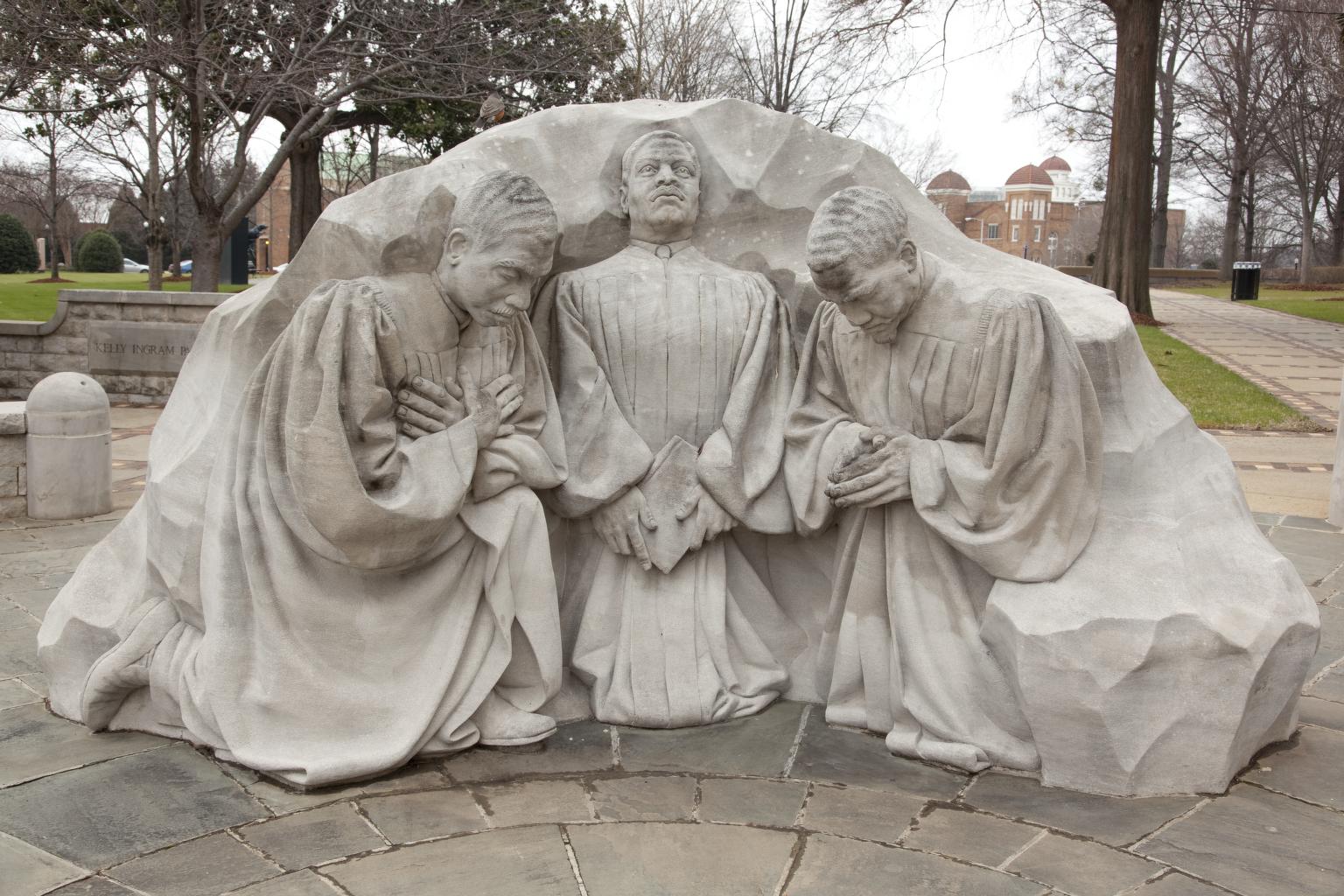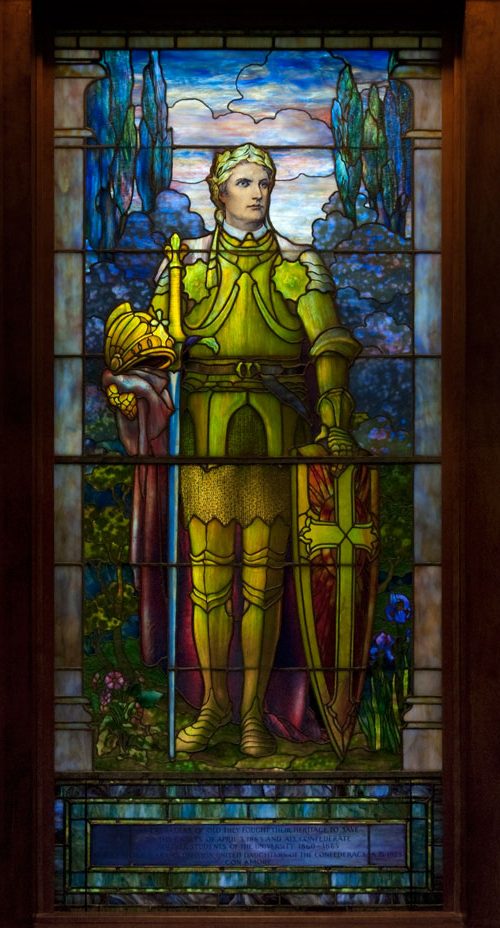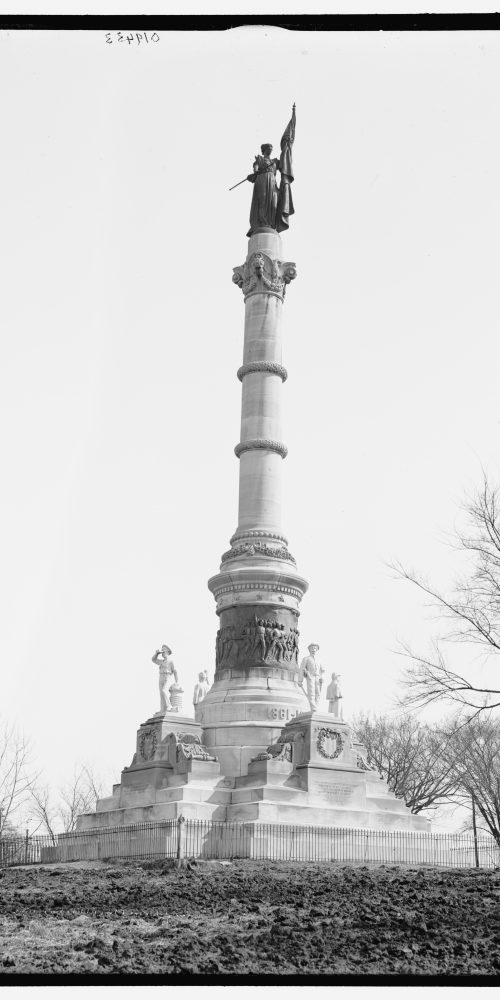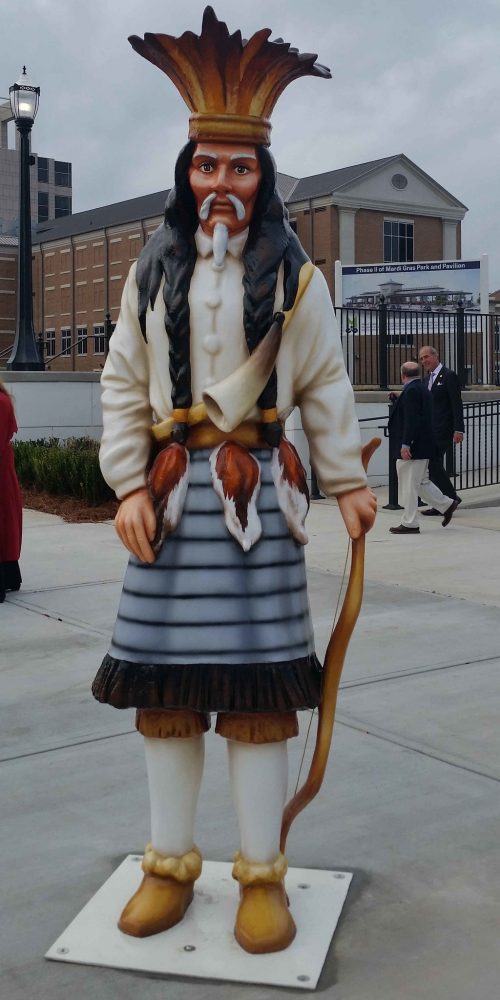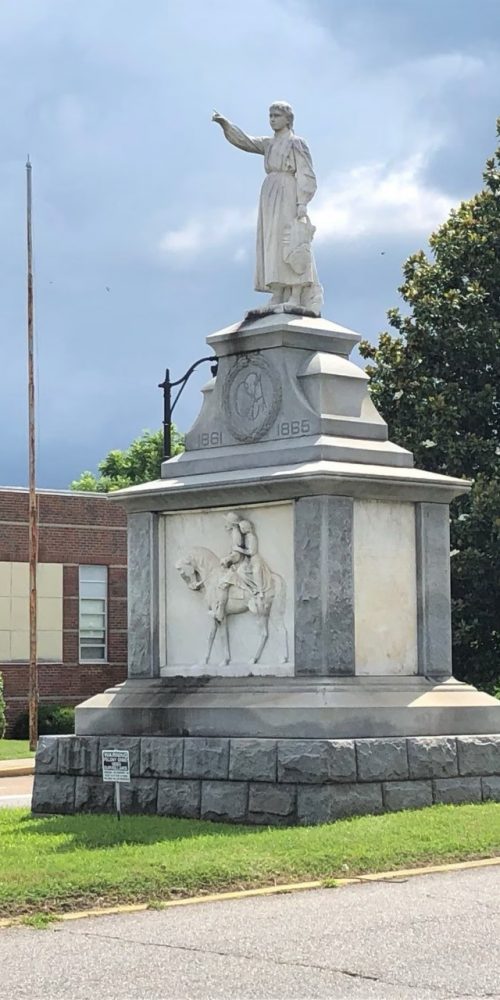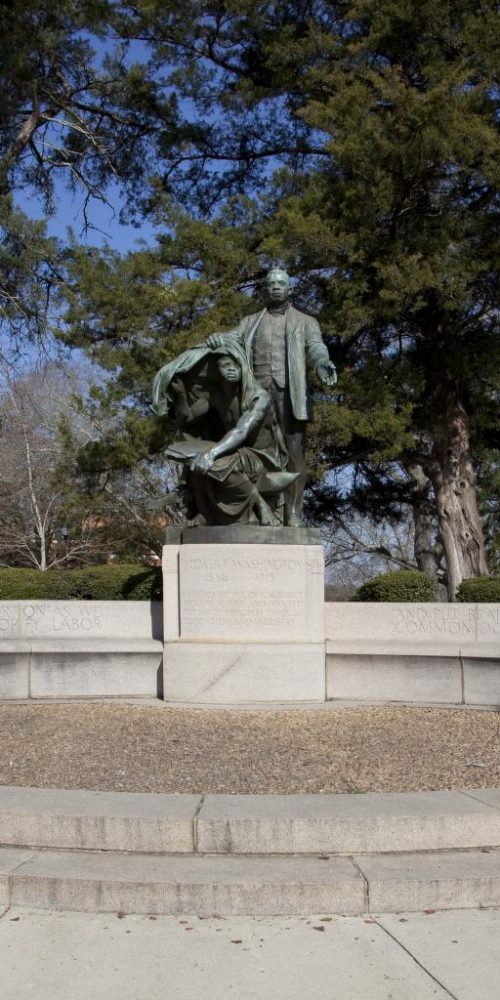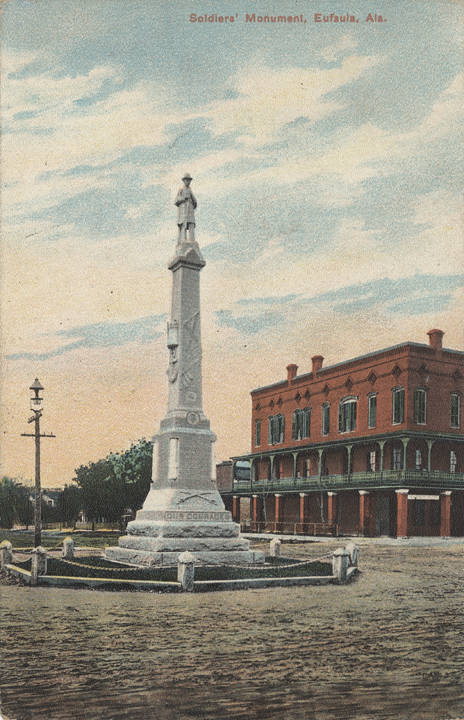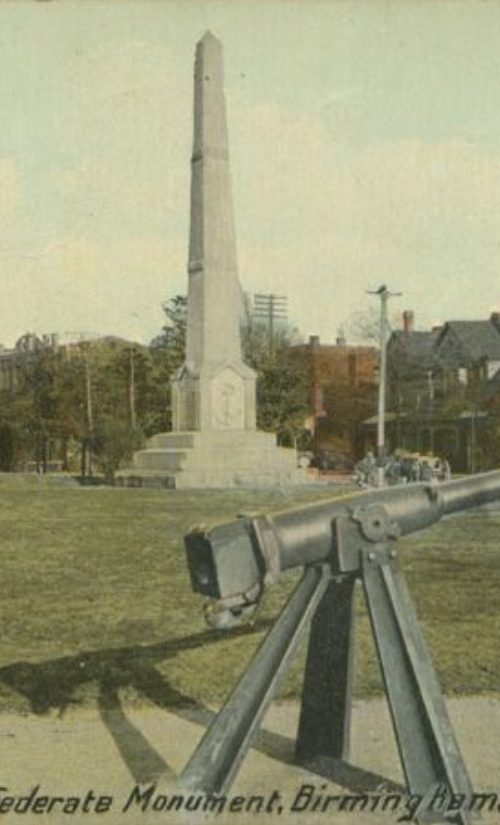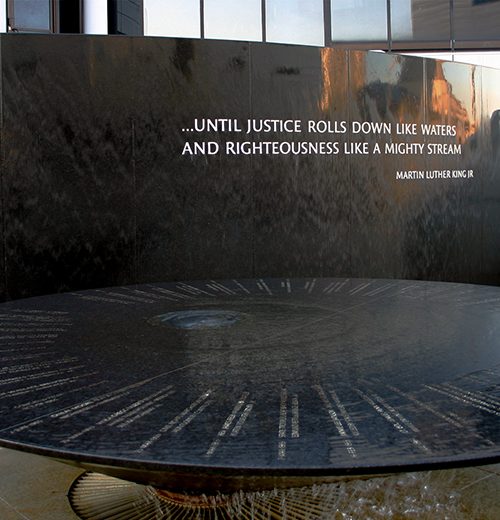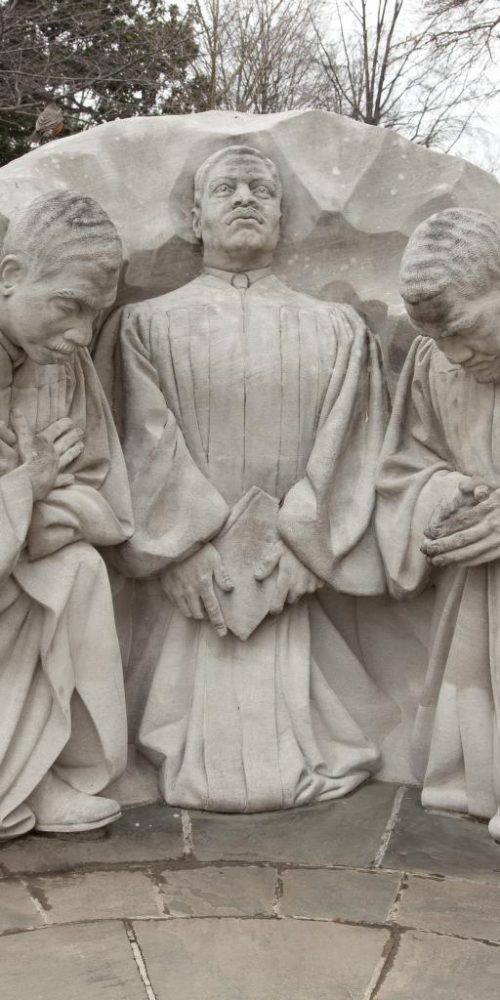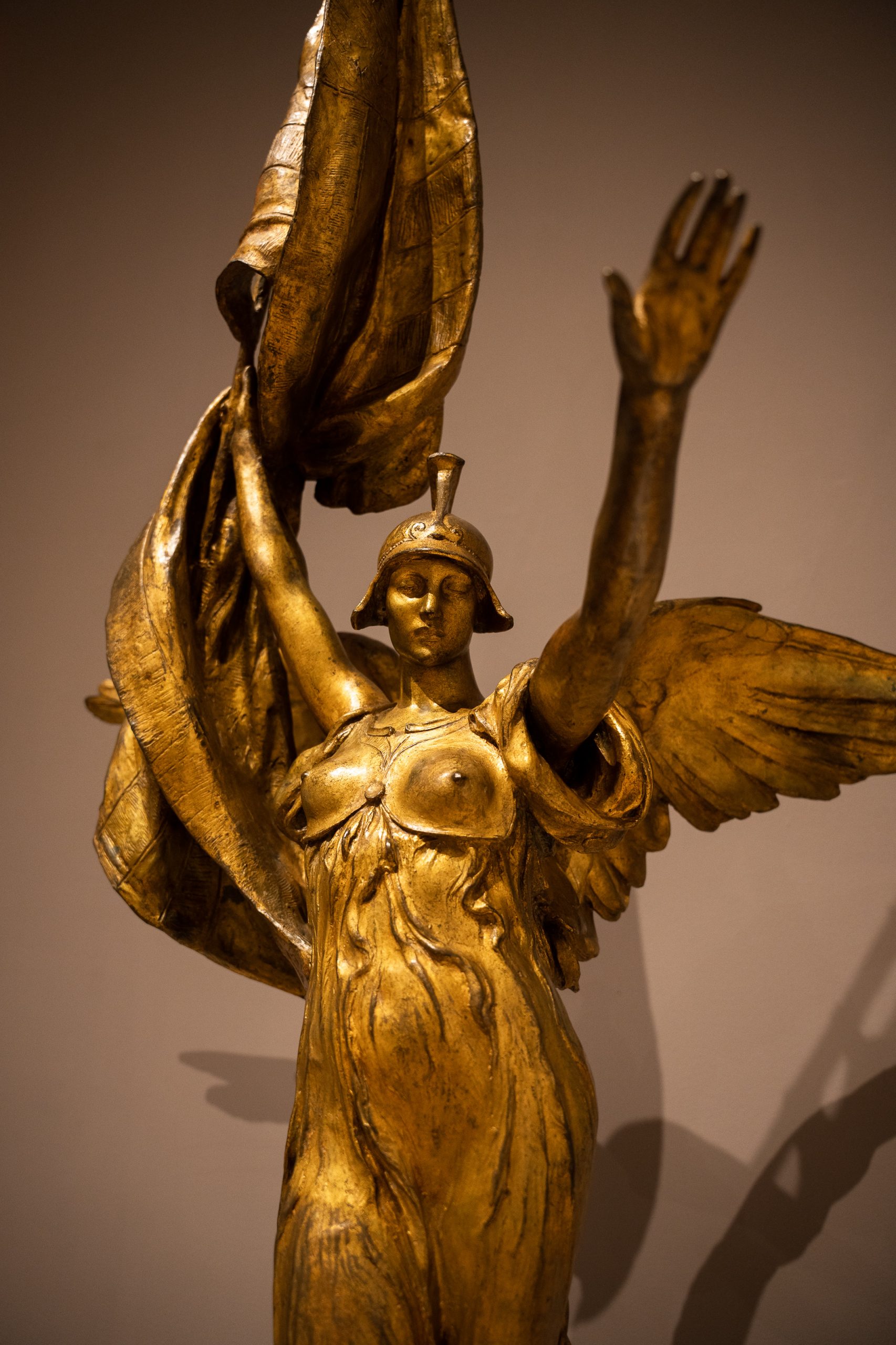Entering The Jule Collins Smith Museum of Fine Art at Auburn University, visitors immediately encounter a recognizable and awe-inspiring symbol of American history.
Immortalized in plaster, albeit on a smaller scale than his counterpart in Washington, D.C., he still looms larger than life in the collective conscience. Abraham Lincoln’s face is calm and serene. Through the storytelling of sculptor Daniel Chester French, there is a hint of wisdom and strength in the former president’s eyes.
Venturing further into the interior galleries, one comes upon another representation: Augustus Saint-Gaudens’s bronze figure of Lincoln stands in front of an ornate chair. The Great Emancipator’s head bows slightly, as if composing his thoughts before delivering a public address.
Friendly rivals, the two men approached their subject using Lincoln’s life mask, photographs, paintings and published accounts. Yet Saint-Gaudens’s sculpture is more realistic and detailed, while French’s sculpture is more idealized. Saint-Gaudens’s sculpture accurately captures Lincoln’s physical features, while French’s statue reveals Lincoln’s inner qualities, such as his character strength and compassion for others.
These similarities and differences are examined in “Monuments and Myths: The America of Sculptors Augustus Saint-Gaudens and Daniel Chester French,” on view at the university art museum through Sunday, Aug. 7. Featuring approximately 80 sculptures, models, maquettes and more, the exhibition considers how the sculptors’ work shaped and reflected America’s complicated negotiation of national identity in the years between the Civil War and the Great Depression. Viewers are invited to question some underlying assumptions about the country’s most iconic monuments while uncovering how these works continue to influence American ideals today.
The exhibition sheds light on the artists’ lives and careers, with an opening section devoted to their studios, introducing aspects of their techniques and the diverse group of models, assistants, carvers and casters vital to their practices.
A subsequent section examines how their monuments and architectural sculptures were designed to communicate ideas of national grandeur in civic spaces; a third considers the artists’ portraits and decorative arts alongside the cultural environment of their patrons and clients; a fourth section showcases their funerary monuments, in turn detailing America’s shifting attitudes towards public mourning.
“Auburn is an ideal location to begin the national tour,” said Cindi Malinick, the museum’s executive director. “Given the intersection of art, history and sociology, the exhibition provides students and faculty with an active learning environment and forum for inquiry. Visitors from across the state and region, too, can see and investigate these objects on loan from premier institutions.”
Following the exhibition’s run through Aug. 7 at Auburn, “Monuments and Myths” will travel to the Frist Art Museum in Nashville (March 1–May 27, 2024), the Michener Art Museum in Doylestown, Pennsylvania (June 29, 2024–Jan. 5, 2025) and the Brunnier Art Museum, University Museums at Iowa State University in Ames, Iowa (Feb. 8–May 18, 2025).
The expansive exhibition “Monuments and Myths: The America of Sculptors Augustus Saint-Gaudens and Daniel Chester French” was organized by an esteemed team of scholars and curators and is accompanied by a catalog with contributions by Renee Ater, Phil Deloria, Donna Hassler and Dana Pilson, Kelvin Parnell Jr., Thayer Tolles and Charles F. Sams III.
Hassler, director emerita of Chesterwood and an authority on American sculpture will join Malinick and Rick Kendall, director of Saint-Gaudens National Historical Park, for a public engagement on Thursday, July 20, at 6 p.m. at the museum. The evening is a part of Common Grounds, a weekly series devoted to building a community around exhibitions and creating a space for dialogue around timely topics.
“Monuments are a part of our state and national conversations,” said Malinick. “Looking at the historical context of these two artists allows us to reflect on the meaning behind these figures.”
“Monuments and Myths: The America of Sculptors Augustus Saint-Gaudens and Daniel Chester French” is co-organized by the American Federation of Arts, Chesterwood, a site of the National Trust for Historic Preservation and the Saint-Gaudens Memorial in partnership with Saint-Gaudens National Historical Park. Major support for the accompanying publication has been provided by the Wyeth Foundation for American Art. Support for the exhibition and the publication has been provided by the Gladys Krieble Delmas Foundation.
###
Auburn University is a nationally ranked land grant institution recognized for its commitment to world-class scholarship, interdisciplinary research with an elite, top-tier Carnegie R1 classification, life-changing outreach with Carnegie’s Community Engagement designation and an undergraduate education experience second to none. Auburn is home to more than 30,000 students, and its faculty and research partners collaborate to develop and deliver meaningful scholarship, science and technology-based advancements that meet pressing regional, national and global needs. Auburn’s commitment to active student engagement, professional success and public/private partnership drives a growing reputation for outreach and extension that delivers broad economic, health and societal impact.
The American Federation of Arts is the leader in traveling exhibitions internationally. A nonprofit organization founded in 1909, the AFA is dedicated to enriching the public’s experience and understanding of the visual arts through organizing and touring art exhibitions for presentations in museums around the world, publishing exhibition catalogues featuring important scholarly research, and developing educational programs.
